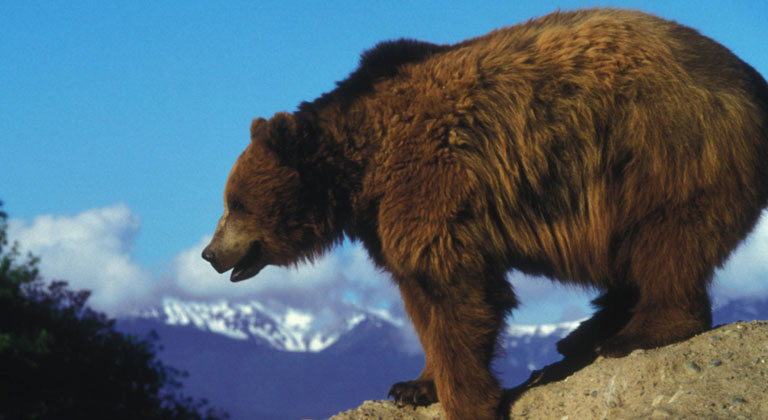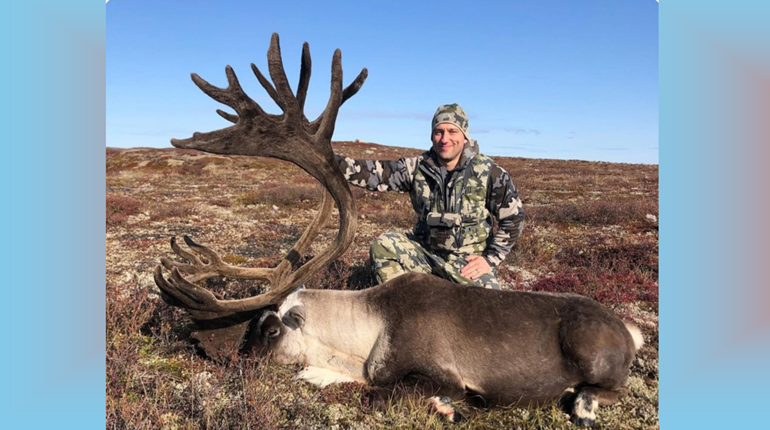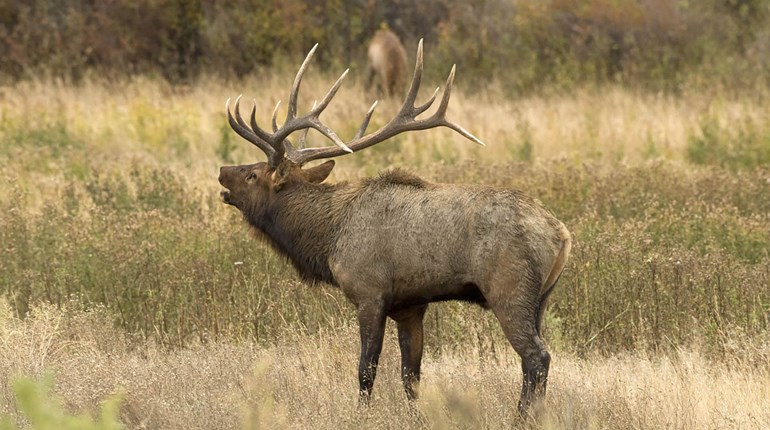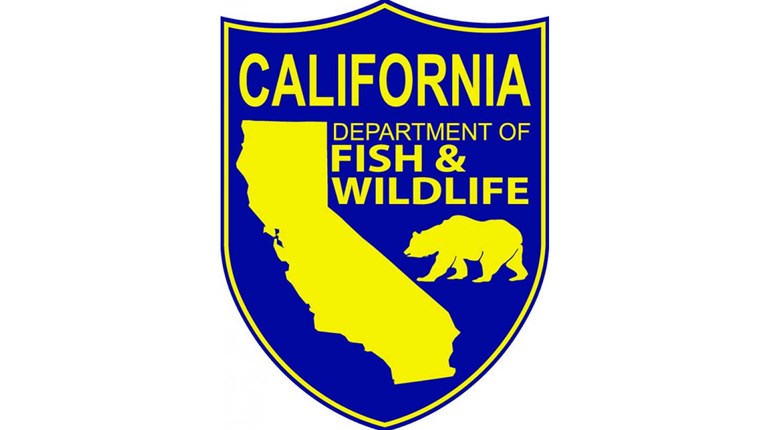** When you buy products through the links on our site, we may earn a commission that supports NRA's mission to protect, preserve and defend the Second Amendment. **

In recent years, the successes of science-based conservation have continued to accumulate: It looks like there's more excellent conservation news on the horizon. Since the beginning of the 20th century, which marked a time of unrestricted market hunting, populations of deer, elk and wild turkeys have returned to (or even surpassed) the numbers they had when European colonists first began to explore the Americas. The good news continues: the U.S. Fish and Wildlife Service (FWS) recently proposed to remove the grizzly bear in the Greater Yellowstone Ecosystem from the Federal Lists of Endangered and Threatened Wildlife.
The Yellowstone grizzly bear population has rebounded from as few as 136 bears in 1975 to an estimated 700 or more today. "The recovery of the Yellowstone grizzly bear represents a historic success for partnership-driven wildlife conservation under the Endangered Species Act," said Service Director Dan Ashe. "Our proposal today underscores and celebrates more than 30 years of collaboration with our trusted federal, state and tribal partners to address the unique habitat challenges of grizzlies. The final post-delisting management plans by these partners will ensure healthy grizzly populations persist across the Yellowstone ecosystem long into the future."
To ensure robust monitoring of Yellowstone grizzly bears, balanced management and effective conservation going forward, the Service is also releasing two other documents for public comment, a draft supplement to the 1993 Grizzly Bear Recovery Plan for the Yellowstone grizzly bear population, and a draft conservation strategy. These detail how both grizzly bears and their habitat will be managed in a post-delisting environment.
"Even with this proposed delisting, the Service remains committed to the conservation of the Yellowstone grizzly bear, and will stay engaged to ensure that this incredible species remains recovered," Ashe said. "We will continue to be part of a strong monitoring program, implementation of the conservation strategy, and partnership with our state and federal partners. We are look forward to hearing from the public about the proposal and consulting with Native American tribes."
Population and habitat monitoring efforts undertaken by the Interagency Grizzly Bear Committee Study Team indicate that grizzly bears have more than doubled their range since the mid-1970s. They now occupy more than 22,500 square miles of the Yellowstone ecosystem, an area larger than the states of New Hampshire, Massachusetts and Rhode Island combined. Stable population numbers for grizzlies for more than a decade also indicate that the Yellowstone ecosystem is at or near its carrying capacity for the bears.
Determining recovery is based on more than just the number of bears in the ecosystem. It includes the quantity and quality of habitat, adequate regulatory mechanisms to maintain a healthy and viable population, and a good balance of male and female bears that are well-distributed throughout the ecosystem.
The Yellowstone grizzly bear population has rebounded from as few as 136 bears in 1975 to an estimated 700 or more today. "The recovery of the Yellowstone grizzly bear represents a historic success for partnership-driven wildlife conservation under the Endangered Species Act," said Service Director Dan Ashe. "Our proposal today underscores and celebrates more than 30 years of collaboration with our trusted federal, state and tribal partners to address the unique habitat challenges of grizzlies. The final post-delisting management plans by these partners will ensure healthy grizzly populations persist across the Yellowstone ecosystem long into the future."
To ensure robust monitoring of Yellowstone grizzly bears, balanced management and effective conservation going forward, the Service is also releasing two other documents for public comment, a draft supplement to the 1993 Grizzly Bear Recovery Plan for the Yellowstone grizzly bear population, and a draft conservation strategy. These detail how both grizzly bears and their habitat will be managed in a post-delisting environment.
"Even with this proposed delisting, the Service remains committed to the conservation of the Yellowstone grizzly bear, and will stay engaged to ensure that this incredible species remains recovered," Ashe said. "We will continue to be part of a strong monitoring program, implementation of the conservation strategy, and partnership with our state and federal partners. We are look forward to hearing from the public about the proposal and consulting with Native American tribes."
Population and habitat monitoring efforts undertaken by the Interagency Grizzly Bear Committee Study Team indicate that grizzly bears have more than doubled their range since the mid-1970s. They now occupy more than 22,500 square miles of the Yellowstone ecosystem, an area larger than the states of New Hampshire, Massachusetts and Rhode Island combined. Stable population numbers for grizzlies for more than a decade also indicate that the Yellowstone ecosystem is at or near its carrying capacity for the bears.
Determining recovery is based on more than just the number of bears in the ecosystem. It includes the quantity and quality of habitat, adequate regulatory mechanisms to maintain a healthy and viable population, and a good balance of male and female bears that are well-distributed throughout the ecosystem.







































